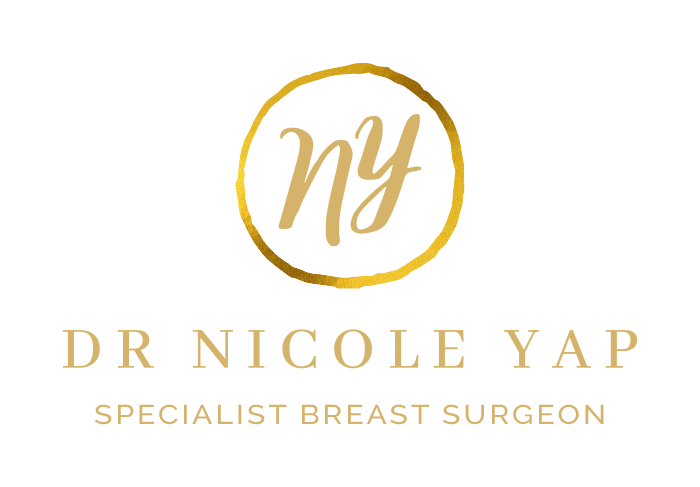Women of all ages experience breast pain, otherwise known as mastalgia. Almost 70% of women complain of breast pain, but only approximately 15% require medical intervention.
Breast pain (mastalgia) can be described as tenderness, throbbing, sharp, stabbing, burning pain or tightness in either one or in both breasts. I can range from mild to severe. Occasionally it can present as pain under the arm. The pain may be constant or it may occur only occasionally. It can also radiate to the side of the chest wall, and up the armpit into the upper arm. It can occur in both women and men.
In men, breast pain is most commonly caused by a condition called “gynaecomastia“. This refers to an increase in the amount of breast gland tissue that is caused by an imbalance of the hormones oestrogen and testosterone. Gynecomastia can affect one or both breasts, sometimes unevenly.
Most times, breast pain signals a noncancerous (benign) breast condition and rarely indicates breast cancer. Unexplained breast pain that does not go away after one or two menstrual cycles, or that persists after menopause, or breast pain that does not seem to be related to hormone changes needs to be evaluated.
Breast pain can be cyclic or noncyclic. Cyclic means that the pain occurs on a regular pattern and related to the menstrual cycle and changing hormone levels. Intensifies during the two weeks leading up to the start of the menstrual period, then eases up afterward. It is often accompanied by breast swelling, fullness or lumpiness. It tends to affect people in their 20s and 30s, as well as people in their 40s who are transitioning to menopause.
Noncyclic means that the pain is constant or intermittent, is unrelated to the menstrual cycle there is no regular pattern.
Make an appointment with your doctor if breast pain:
- Continues daily for more than a couple of weeks
- Occurs in one specific area of your breast
- Seems to be getting worse over time
- Interferes with daily activities
- Awakens you from sleep
Breast cancer risk is very low in people whose main symptom is breast pain, but if your doctor recommends an evaluation, it’s important to follow through.
Breast Pain Causes
Changing oestrogen hormone levels can cause changes in the milk ducts or milk glands. These changes in the ducts and glands can cause breast cysts, which can be painful and are a common cause of cyclic breast pain. Noncyclic breast pain may be caused by trauma, prior breast surgery and radiation treatment or other factors such as imbalance of oestrogen in your breasts.
Other causes include medications such as oral contraceptive or hormone replacement treatment, SSRI antidepressants, digoxin, methyldopa, spironolactone, anabolic steroids
Sometimes, it is not possible to identify the exact cause of breast pain.
Breast Pain Treatment
It is sometimes difficult to treat breast pain as it can be difficult to assess what is causing it. Sometimes the reassurance of no diagnosis of cancer is sufficient to manage mastalgia.
Other options:
- Wear a well fitting bra which supports the breasts and reduces “bouncing”
- Evening Primrose Oil appears to assist 7 in 10 women, but dosage is individualised
- Practice stress relief which decreases hormone levels
- Exercising tends to decrease oestrogen but it has not been proven to decrease mastalgia
- Vitamin E and Vitamin B6 have varied results
- Reducing caffeine, chocolate, and eating a low fat diet also has varied results
- Anti-inflammatory medications and simple paracetamol usually do not work
- Anti-estrogen treatment is last line of treatment as they have their own side effects
- If the cycle is irregular, the oestrogen based oral contraceptive pill can be trialled for mastalgia.
